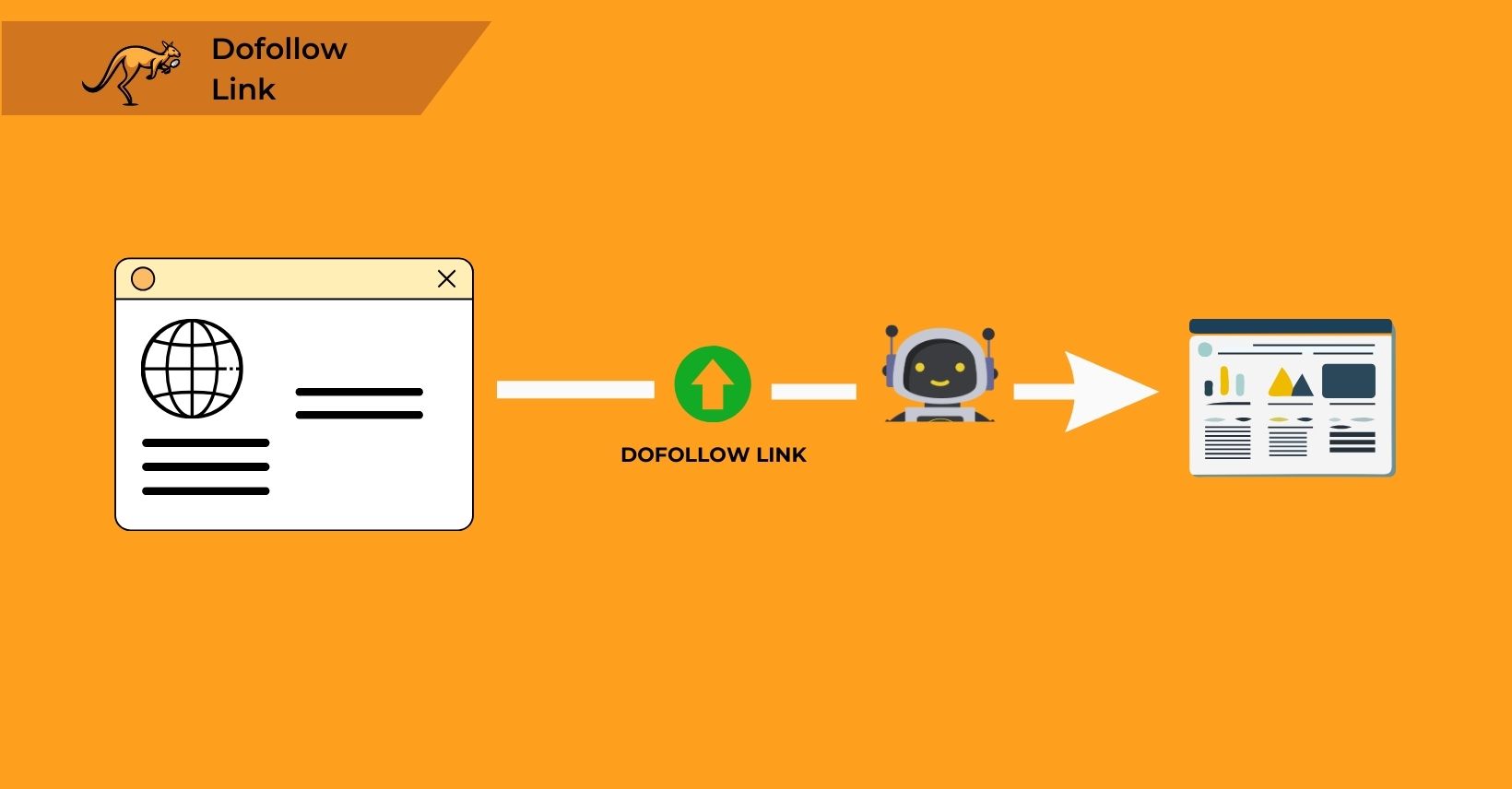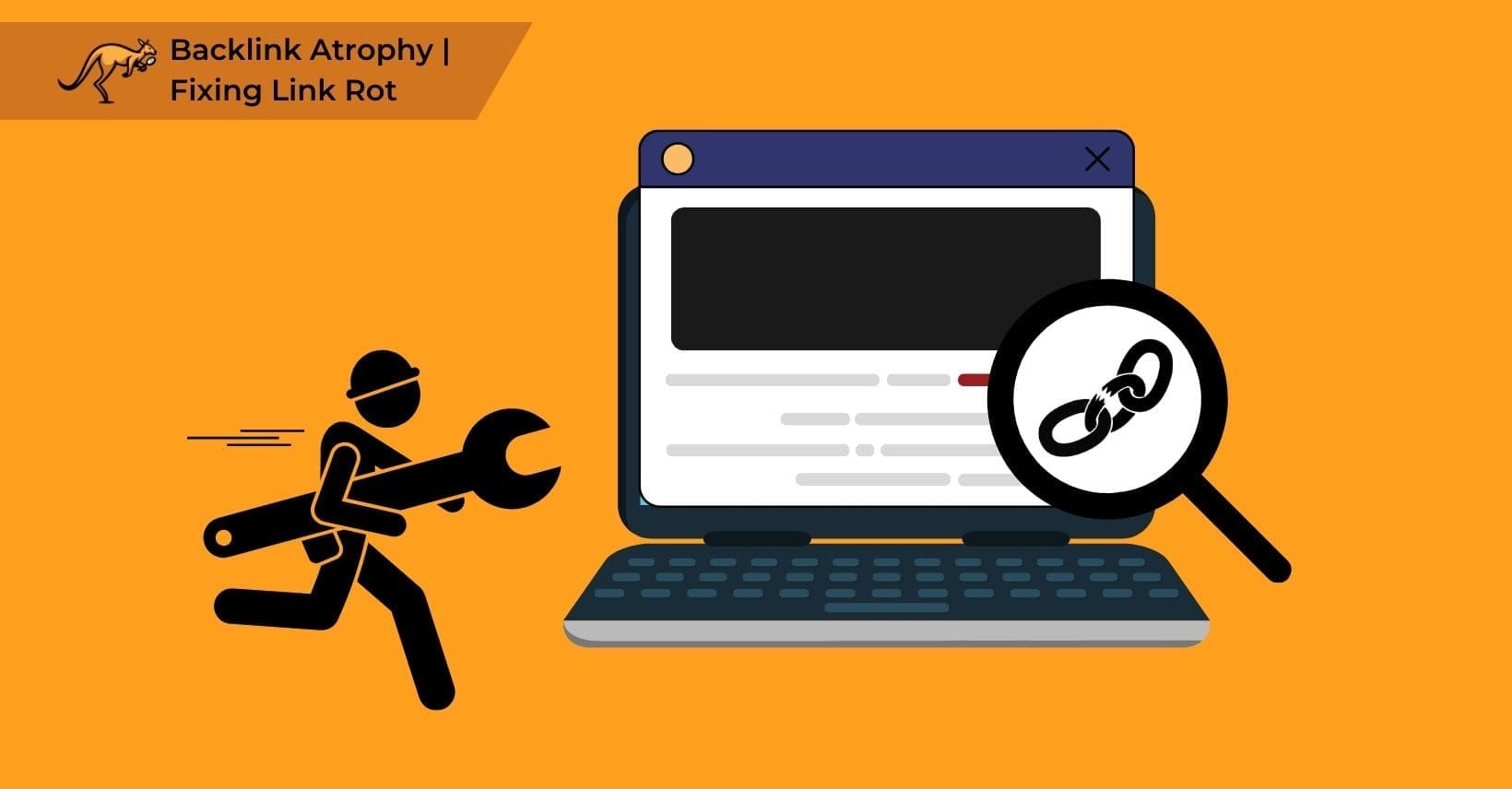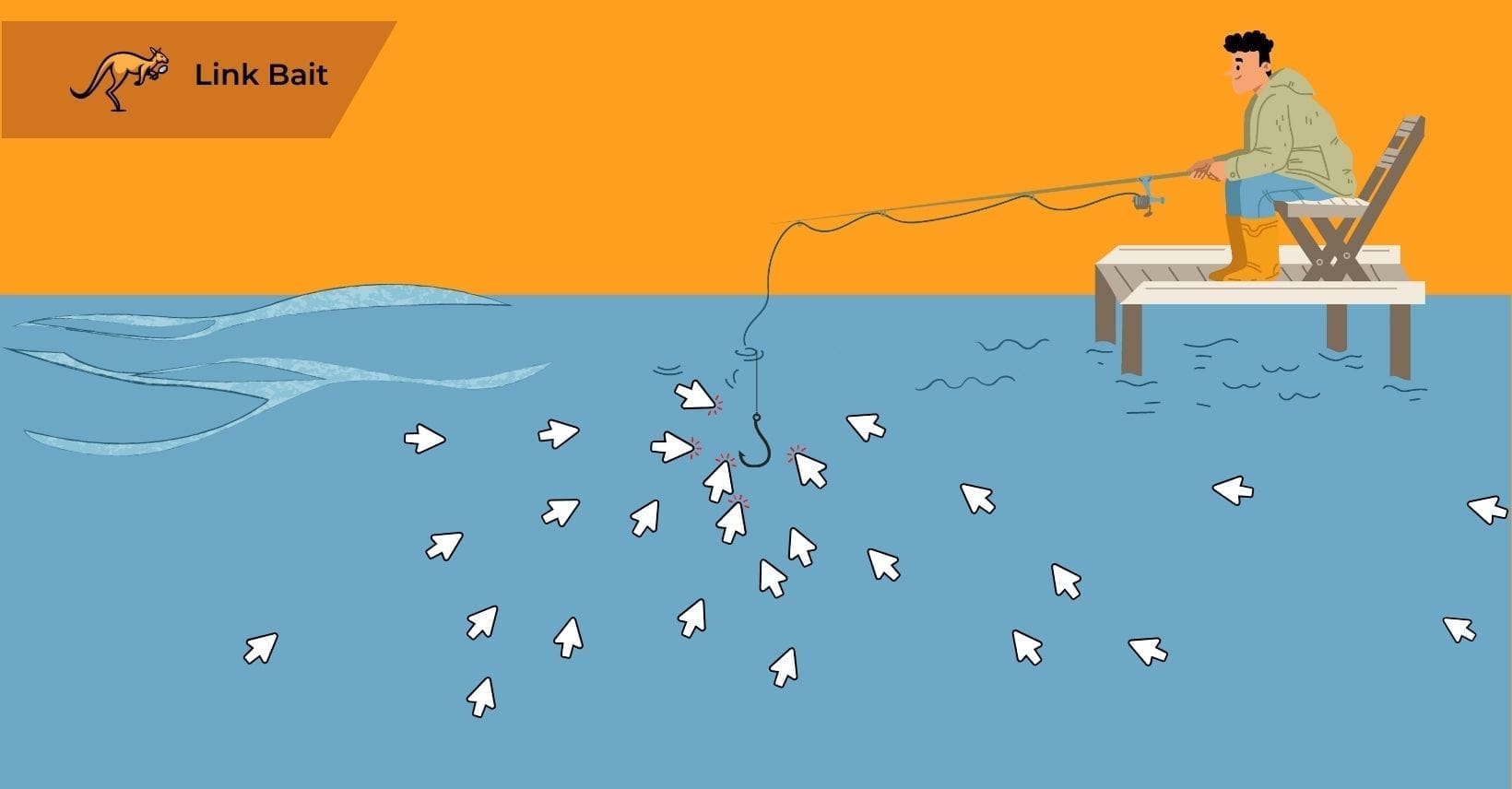In SEO, knowing the types of links and their effects is key. A “dofollow” link is a hyperlink that lets search engines follow and pass link equity to the target site.
This guide covers what dofollow backlinks are, their importance, how they work, and how to tell them apart from nofollow links.
We’ll also discuss what makes a good dofollow link, ways to get it, and when to use dofollow or nofollow links.
To fully grasp their impact, it’s essential to understand a fundamental concept that often comes up next.
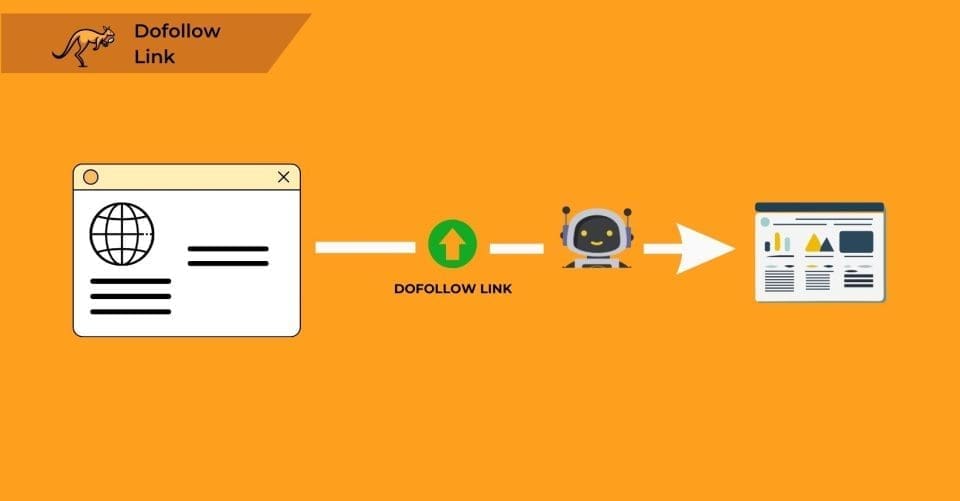
What Is a Dofollow Backlink?
Dofollow links allow Google and other search engines to transfer authority between your site and another. These links pass authority from one website to another without the original site losing anything.
When a link connects two sites, dofollow backlinks pass authority, acting like a vote of confidence from the origin site to the destination site. This authority transfer boosts the destination site’s credibility and search ranking.
Understanding this mechanism brings us to why these links are so crucial.
Why Do Dofollow Links Matter?
In SEO, a site’s backlink profile includes all the links it receives. Dofollow links benefit recipients by boosting their visibility on search engines like Google, increasing their chances of appearing higher in search results for relevant content.
This is tied to the PageRank metric. Website owners seek backlinks to build authority. While traffic is valuable, link equity boosts the target site’s domain rating and helps it rank higher on search engines.
Simply put, quality dofollow links lead to a higher PageRank.
For instance, if major websites have dofollow backlinks pointing to your site, it raises your position in search results for related topics.
So, you might wonder about the mechanics behind these valuable links.
How do Dofollow Links Work?
Nofollow links use a tag (“rel=” nofollow”) in the HTML code, meaning they don’t transfer link juice to another site. Regardless of the link keyword’s relevance, this tag stops any impact on PageRank.
Dofollow links, on the other hand, do pass link juice, affecting PageRank by making Google consider the link valuable.
When a link is dofollow, it boosts the target site’s authority and rankings in external links, unlike nofollow links that don’t affect the other site’s authority. Both link types still allow users to navigate between pages.
To determine if a link is nofollow…
How Can You Tell If a Link is Nofollow?
Identifying whether a link is dofollow or nofollow is straightforward. Though visually identical on the page, the HTML tag distinguishes them.
Tools are available to check this, or you can inspect the HTML code yourself. Most web browsers allow you to inspect web pages directly, making it easy to find the “rel=nofollow” attribute on any page linking to you.
But are dofollow links always the superior choice when it comes to SEO?
Are Dofollow Links Always Better?
Sometimes, a dofollow link might be more harmful than helpful. Search engines could notice the spam and penalize your rankings if your site gets many dofollow backlinks from spammy or poor-quality user-generated content.
When your site receives harmful dofollow links, you can disavow them, but this process is time-consuming. Boosting your profile with high-quality dofollow link-building can counteract these negative effects.
Understanding the impact of dofollow and nofollow links is crucial for maintaining a healthy link profile and avoiding penalties.
Understanding Dofollow and Nofollow Links in SEO
When linking to other websites, dofollow and nofollow links serve clear purposes, but optimizing your site for search engines requires strategic use.
Dofollow links boost your website’s authority, yet collecting as many as possible from random pages is not advisable. A natural backlink profile is key, which means selecting backlinks wisely.
To improve your link strategy, it’s important to understand the qualities of effective dofollow links and how they impact search engine ranking.
What Makes a Good Dofollow Link for Search Engines?
A dofollow link’s value depends on the right mix of keywords and content.
Relevancy
A link performs best when it connects two similar pages or sites. For instance, dofollow links from furniture pages are less effective for car-related sites, resulting in fewer benefits for the linked site.
Authority
A site can only transfer authority if it has its own. Low-ranked or scam websites offer little to no benefit, and excessive spam links can even harm the linked site.
Keywords
The keywords within the link text are crucial. Using a related keyword that connects back to the target site can greatly improve the effectiveness of the backlink.
Knowing how to acquire these valuable dofollow links is essential to maximize your SEO efforts.
Gathering Dofollow Links For SEO
Link building is about building relationships with other sites to gather useful links from paid content or partnerships. It relies on creating good linking opportunities on blogs or informational websites.
Getting a link from a high-authority website is crucial for a strong backlink profile. The more related links you get from high-quality websites, the higher your website will rank.
When enhancing your site’s authority, create dofollow links to other sites.
Creating Dofollow Links To Other Sites
Dofollow and nofollow links play a key role in your website. Just as you build links for your site, other sites also seek links, making nofollow links beneficial. A nofollow link helps you deny another website your authority, which can be crucial to avoid harming your SEO by linking to potentially damaging sites.
Grasping these link attributes is just one part of boosting your site’s performance, and it naturally brings us to the next crucial aspect of SEO.
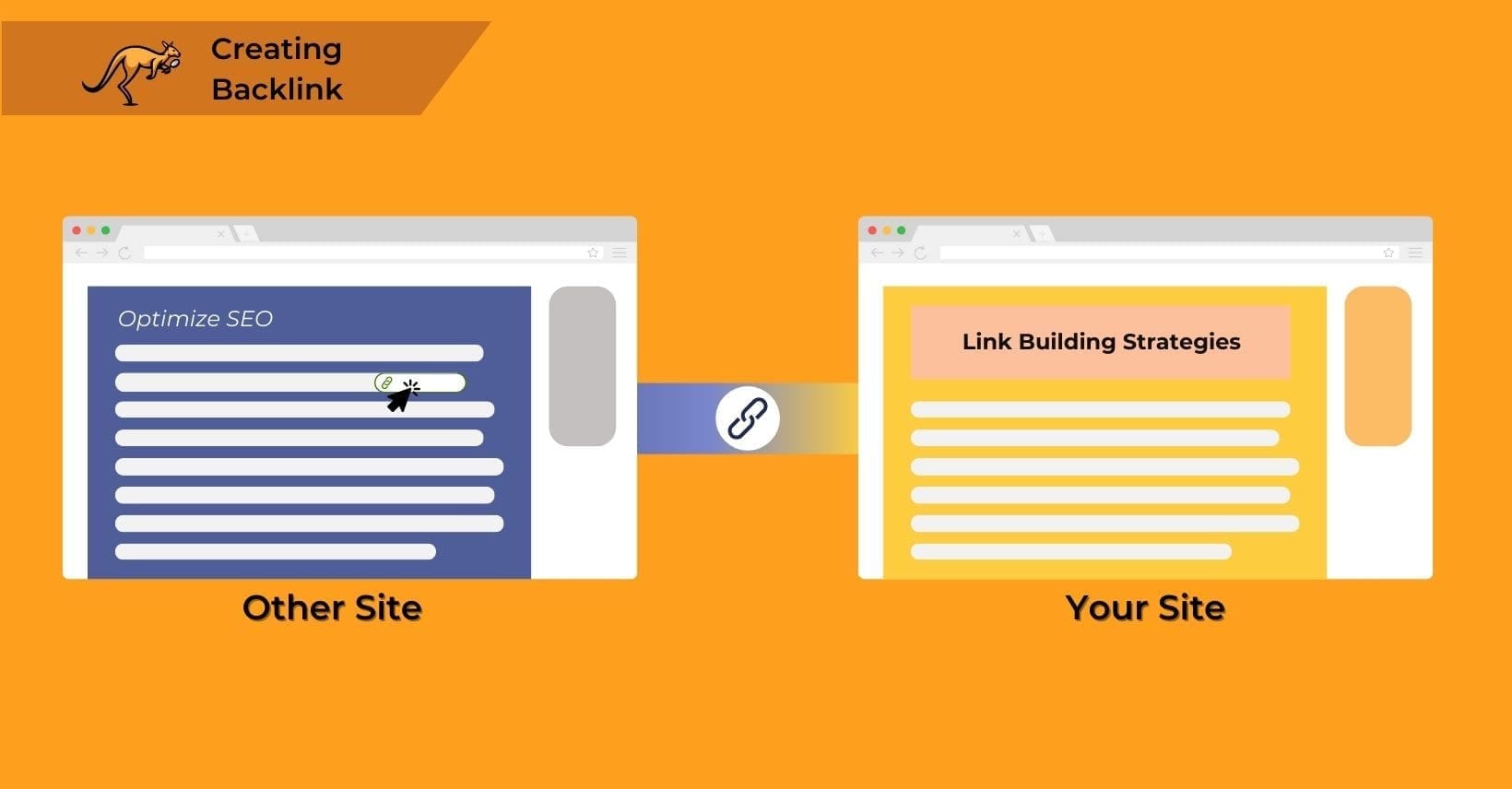
Creating Backlinks
Any link you place that points to another website is an external backlink, and these links provide both traffic and authority.
Creating nofollow backlinks for other sites means you are not passing authority, which can be useful in certain situations. External backlinks subtly impact SEO, making this a critical choice.
Search engines will notice if you have many dofollow links pointing to irrelevant or suspicious sites, so using nofollow links can help you avoid issues.
This strategy brings us to another common practice regarding internal links.
Why Does Anyone Leave Their Website or Blog Links as Nofollow?
Nofollow backlinks link to a site without giving it an SEO boost. They are used when a page references another page but does not want to pass on authority.
This can be due to PageRank competition, irrelevant content, or a preference to avoid giving dofollow backlinks to sites that don’t offer real benefits.
But what if you decide to give an external site a bit more SEO weight?
Should I Dofollow an External Link?
You don’t need to remove a dofollow link if it leads to a trusted, relevant website. It can boost their search engine rankings while potentially enhancing your own.
On the other hand, if the website is questionable or possibly a scam, nofollow backlinks help you avoid endorsing a site that Google might flag as risky.
Similarly, use nofollow backlinks when linking to competitor sites to avoid unintentionally boosting their authority when comparing their products to yours.
Curious about how to apply this in practice? Here’s a practical scenario to consider…
Dofollow Link Example
Dofollow links might seem confusing, but they are quite simple when broken down into basic elements. Here’s how a dofollow link works, what happens if it’s set to nofollow, and how search engines react.
A Good Dofollow Link
In this example, a dofollow link appears in an article about furniture on a furniture blog, pointing to a page on a similar topic or product. This benefits PageRank because Google sees the SEO value in the related topic, similar pages, and genuine sites.
A Bad Dofollow Link
The link is on a cooking blog’s about page, pointing to a furniture site. This has lower SEO benefits since the topic isn’t relevant to the target site’s search keywords. It would be better as a nofollow link because it doesn’t help Google Search rankings.
A Good Nofollow Link
A good nofollow link example would be a link pointing to an irrelevant and potentially unlegitimate resource on an HTTP site (unsecured)that’s. The link exists, but search engines won’t penalize the site for it.
A Bad Nofollow Link
There isn’t a “bad” nofollow link since site owners can choose which to keep dofollow. However, not following a very relevant and genuine site that is not directly competing with you cuts off a source of link juice, which could have led to reciprocal link-building.
Understanding these nuances can significantly improve your link strategy and SEO results.
Now, let’s explore how to tie all these elements together effectively.
The Bottom Line: Dofollow vs Nofollow Links
Understanding dofollow links is essential for effective SEO. These links pass “link juice,” boosting the linked site’s authority and relevance in search engine rankings.
While dofollow links generally offer more SEO benefits, a balance between dofollow and nofollow links is necessary for a natural link profile. Key attributes of a good dofollow link include relevancy, authority, and proper keyword usage.
Gathering and creating dofollow links involve strategic outreach and content creation, enhancing your site’s and others’ credibility. Knowing when to use nofollow links helps manage your link profile’s overall health.
Mastering these concepts can significantly improve your SEO performance, equipping you to navigate link-building complexities and achieve your SEO goals.
